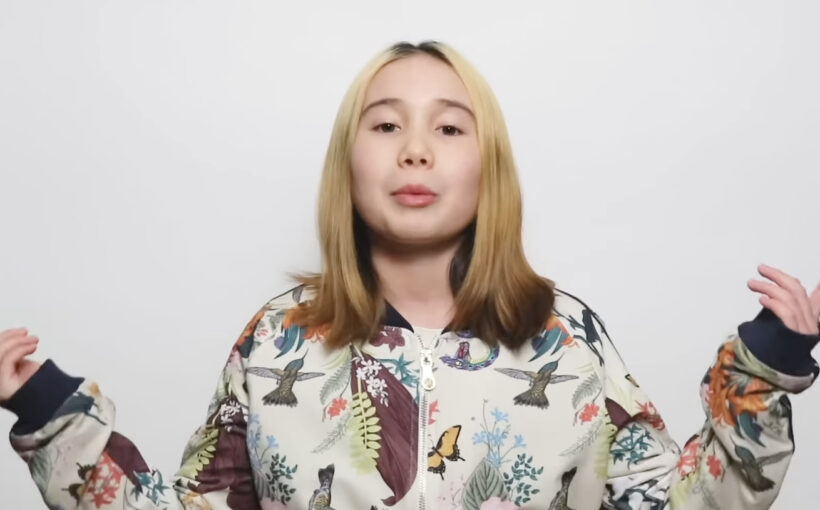
Younger generations expect news to come straight from creators. But when creators are wrong, the news ecosystem quickly breaks down.
On Wednesday, August 9th, an announcement appeared on the Instagram account belonging to 16-year-old influencer Lil Tay, real name Tay Tian. The message said that Lil Tay, along with her brother, Jason, had suddenly and unexpectedly died.
This was the first time anything had been posted to Lil Tay’s account in five years. While she first went viral in 2018 for her combative and brash personality, she faded back offline after just a few months. The statement was abrupt. But it appeared to come straight from the family, and it was posted directly on the account of the creator herself. Why wouldn’t it be true?
The news exploded across social media, propelled by creators on TikTok sharing and reacting to the Instagram post. Many outlets also ran with the story, some reporting confirmation from an unnamed management team. Then, on August 10th, Lil Tay shared a statement directly with TMZ: both she and her brother were alive. Her Instagram account had, supposedly, been hacked.
The debacle exemplifies how social media has radically changed and complicated the news environment. Platforms like Instagram and TikTok have grown beyond making connections and delivering entertainment into places people trust to keep themselves informed — in part because they can hear stories directly from the source.
A Pew Research Center study found TikTok is where almost a quarter of US adults under 30 now regularly get their news. Another recent study found that influencers are overtaking journalists as the primary news source for young people, with audiences preferring to get their news from “personalities” like celebrities and influencers rather than mainstream news outlets or journalists.
“When there’s no face to it, it seems like it’s a corporation, and corporations to a lot of Gen Z equal bad or untrustworthy,” says Lucy Blakiston, the co-founder behind the Gen Z media company Shit You Should Care About.



